In sim-racing, the aim of the discipline differs from driver to driver. Broadly speaking, you can either go all out for maximum thrills, bringing the experience closer to that of a real racing car, or you can have fun and pass the time after a day at work or college. Some people lean towards the second option, which is quite laudable, because everyone knows that spending more than 8 hours outside is stressful, and there’s no better way to relieve the pressure than with a good racing game. And we have the lion’s share of racers who fall into the first category, namely those seeking sensations and immersion.
As you know, there’s a whole host of sim-racing equipment and accessories available to bridge the gap between reality and the virtual world. For example, dynamic chassis. Their role is simple: to integrate body movements into your setup. When the car takes a downforce turn, the chassis pitches to one side. In sim-racing, setups like this are immersive to the highest degree.
But there are other accessories that add to the realism of virtual racing, without breaking the bank. For example, there are racing gloves and shoes, racing suits, a Dashboard and so on. All these accessories and equipment may seem superfluous to the average gamer, but the most seasoned racers swear by the added realism, and will do anything to achieve a setup as close as possible to a real racing car.
What if I told you that there’s other equipment that’s used in motor racing, but rarely in sim-racing? Well, we’re talking about the harness, and this piece of equipment is often put aside because virtual drivers don’t see any strategic advantage to it in terms of feel. In your opinion, is the harness an essential accessory or just a decorative element? I’ll give you my opinion below.
What is a harness?
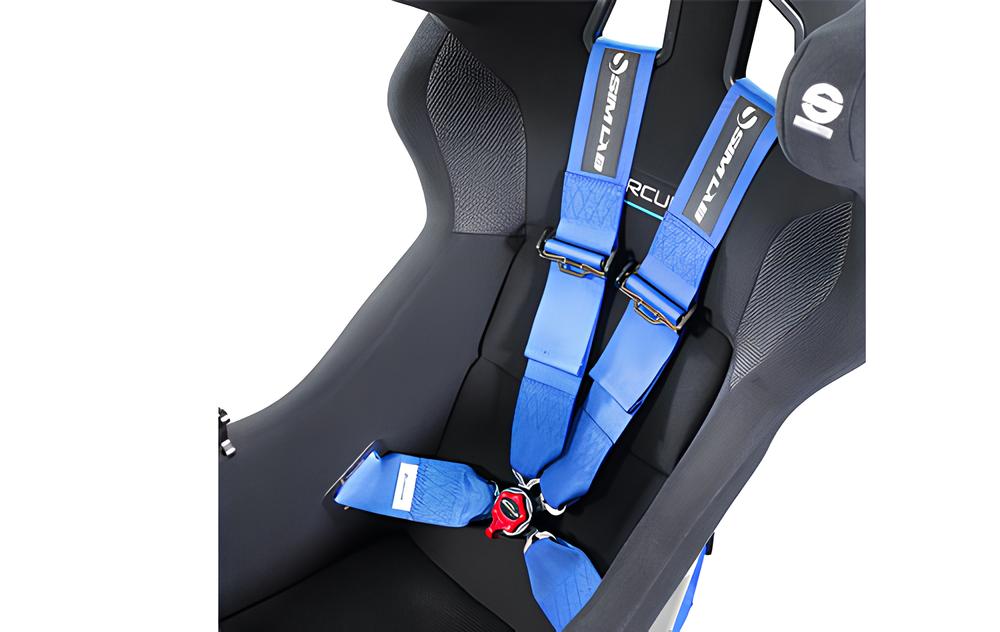
Let’s start with the basics: what is a harness? A harness is a safety system used in racing cars to keep the driver in place. Think of it as a Pro Max seatbelt.
The principle is simple: you have straps that are attached to the car’s chassis, or roll cage, and they go on either side of your torso, over your shoulders, and over your pelvis, to buckle between your legs.
The advantage of a harness over a seatbelt is body movement. With a standard seatbelt, you have a strap, yes, but it’s mainly used for support in the event of a frontal impact. For lateral support, the seat does all the work.
A harness provides lateral support thanks to its straps, and also frontal support because you’re glued to the seat, unlike a seatbelt and its spring-loaded mechanism which allows some play before locking. And that’s the big difference between a harness and a seatbelt, and above all the safety advantage of the former.
Harness types on racing cars
There are 4 main types of harness used in racing cars: 3, 4, 5 and 6-point harnesses. I’ll explain them briefly to give you an idea of what they are.
The 3-point harness has two straps on your shoulders and one on your pelvis. This harness offers a good compromise between support and ease of installation. What’s more, you can use it yourself in your everyday car, without too much strain on the seat.
The 4-point harness adds another strap at pelvic level for a much better result in terms of support, at the expense of practicality; this harness is difficult to put on, and also to take off, so not ideal for a daily.
The 5-point harness adds another strap to the 4-point harness, this time between the legs. In terms of support, you won’t budge, either laterally or at the front.
And finally, the 6-point harness, or FIA for Fédération Internationale de l’Automobile. This harness is used in motor racing, and offers the highest level of safety and support during the race.
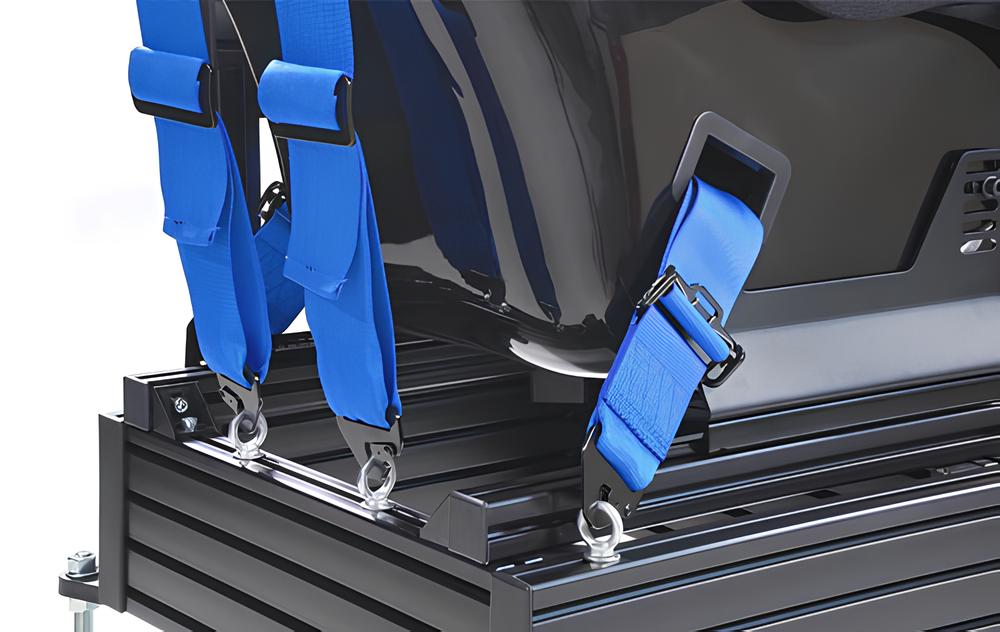
But why put a harness in a sim-racing rig?
Answering this question is subjective; my opinion may differ from yours. Personally, I find that a harness adds immersion to an already complete sim-racing setup. Admittedly, this equipment has no real technical advantage, as you won’t be gaining seconds per lap.
However, it can offer you greater immersion in racing, reducing the boundary between reality and the virtual. You’ll feel more invested in the skin of a racing driver, without depleting your monetary reserves. Sure, you can find FIA harnesses costing upwards of €300 on the market, but frankly, that’s money down the drain, unless you’re doing track days at the weekend and sim-racing during the week. A 3-point harness is more than enough as far as I’m concerned, and will only leave a hole of about 50 euros in your finances.
Should you invest in a harness then? Well, it depends. If you’re looking for a complete setup that’s as close as possible to a GT3 cockpit, then yes, it’s worth considering, especially as some products aren’t that expensive. But if you’re sim-racing just for fun and relaxation, it would be wiser, in my opinion at least, to invest in something else.

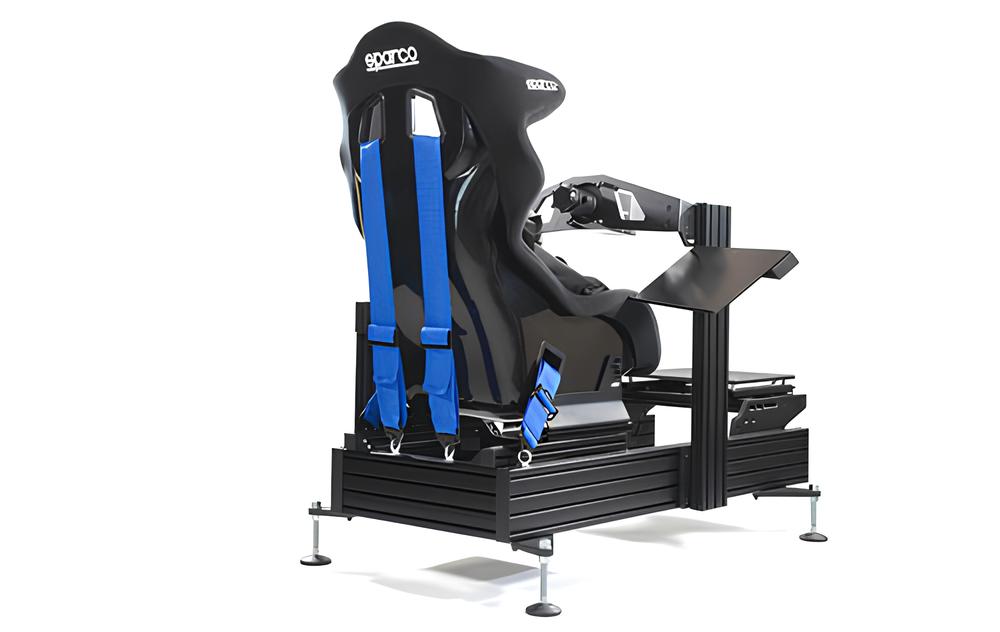
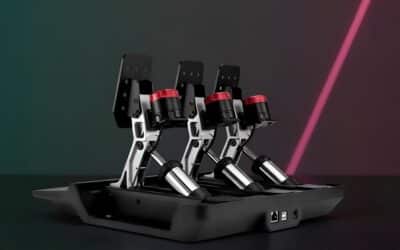
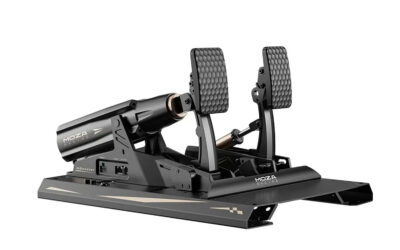
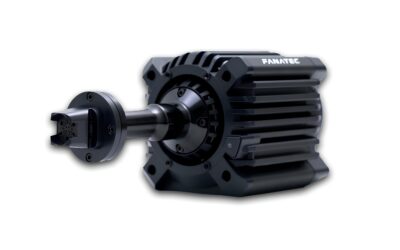
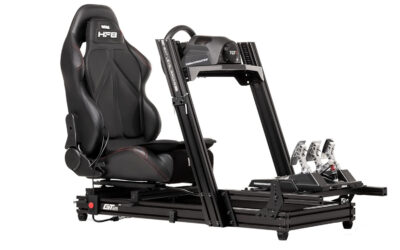
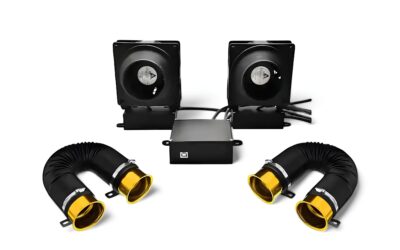
0 Comments